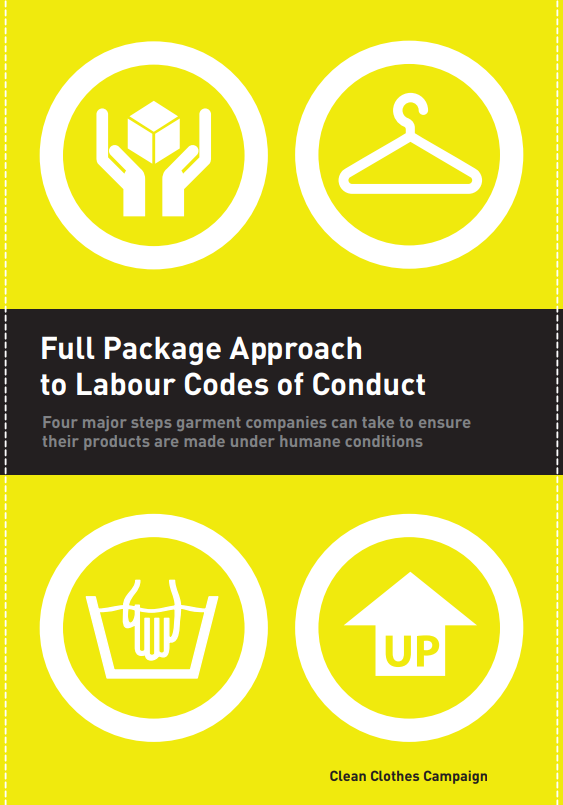Country policy research workshop on Ghana: Workshop briefing
GuidanceOn 15 December 2021, the United Nations University Centre for Policy Research project Delta 8.7 hosted a Country Policy Research Workshop. This fourth workshop focused on Ghana, bringing together policymakers from the Ministry of Gender, Children an...Read More

